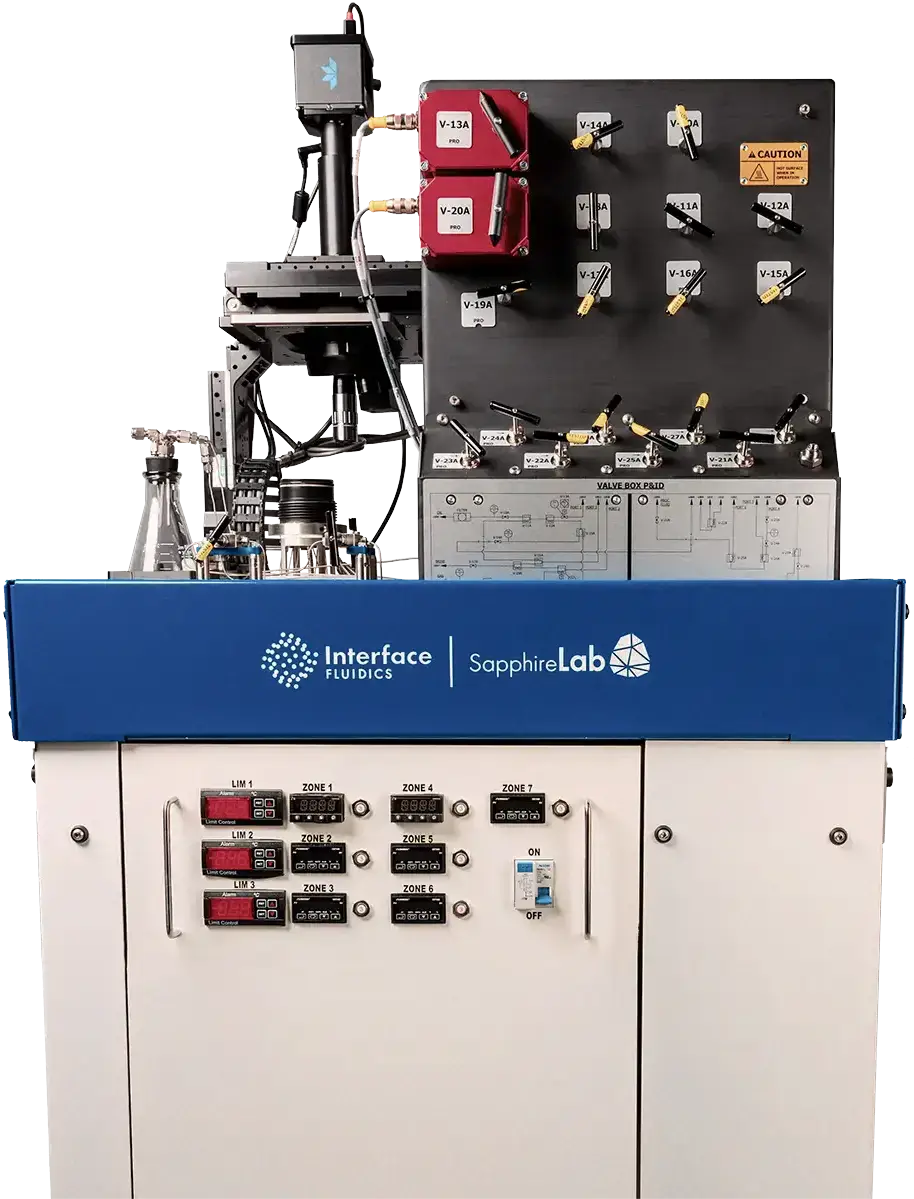Blog

Interface's environmental contribution to carbon capture and storage solutions (CCUS)
Interface’s measurements provide key information for advancing CCUS projects. Carbon Capture, Utilization and Storage (CCUS) is not a new idea in the oil and gas industry and has long been used to enhance oil recovery from a reservoir. Historically,...
Read more

Interface's environmental impact reducing chemical use
Interface’s Fracturing Flowback solution optimizes chemical usage. Over the past couple of years, the oil and gas industry has been focused on minimizing its carbon footprint — with many aiming to become a net-zero carbon company in 10 to 20 years....
Read more

Interface Minimum Miscibility Pressure Measurements
Equinor and Interface partner to develop fastest and most accurate measurement for minimum miscibility pressure > "Interface’s minimum miscibility pressure measurement is a disruptive technology that has changed how we work at Equinor. MMP...
Read more

Eötvös number (Bond Number): 007 or gravity override in microchannels?
How do you know that the oil doesn’t rise above the water in the channels, or pores, of your microfluidic chips as a result of the density difference between the fluids? This is a question that we often hear when talking at events or chatting with...
Read more

How Astronomy Prepared Me for a Career in Microfluidics
When you think about a technology company that serves heavy industry, what kind of backgrounds do you think the employees have? Many people would assume that it’s a company full of engineers. But at Interface, the employee base is made up of a...
Read more

Energy Excellence Awards
Interface was founded on the idea that laboratory technology needed to be adapted to help the oil and gas industry solve some of the key problems operators were facing. Specifically, the founders knew that microfluidics could unlock data that...
Read more

Lab-On-A-Chip
Imagine a laboratory with liters of reagents and samples, where each operation takes place in individual vessels and instruments. What if all of the laboratory functions could be integrated in a single small portable circuit, or chip, with higher...
Read more

In-situ Methods for Bitumen Extraction: an Overview
Steam-Assisted Gravity Drainage (SAGD) employs the horizontal well pair drilling technique to inject steam into bitumen formations. SAGD involves injecting a large volume of steam from the upper horizontal well, transferring a large amount of heat...
Read more

Just how tight is shale anyway?
Just how tight is shale? How difficult is it for oil to flow through this rock compared to much more permeable rock like sandstone? Do lab tests at the beaker-scale actually represent what is happening inside a 50-nm shale pore-throat network? Sơn...
Read more
